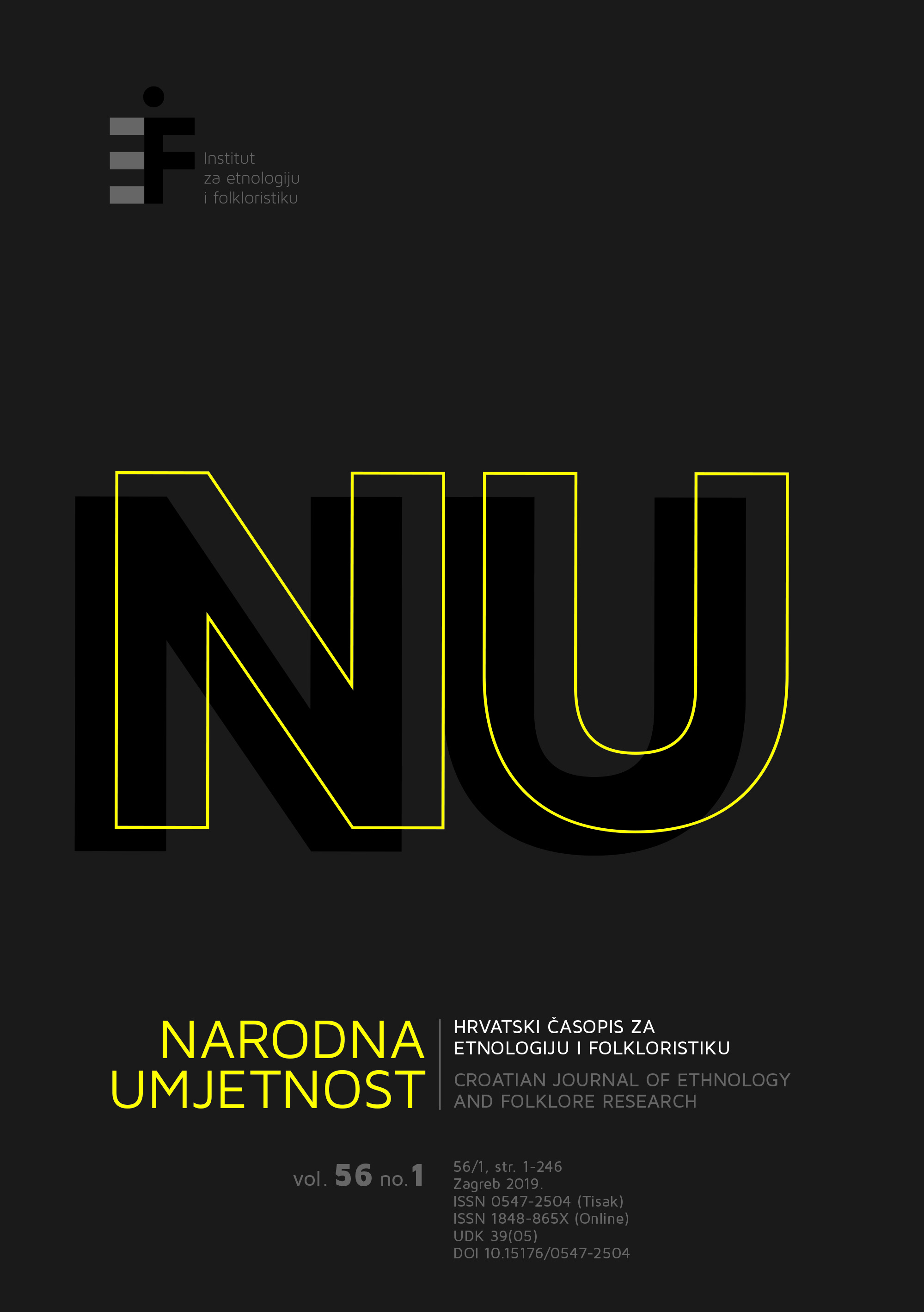Art as a Space for Practicing Localness: Contemporary Reframing of Naïve Art in Vojvodina (Kovačica) and in Silesia (Janów Group)
Sažetak
This article deals with art functioning as a practice of localness and an identity activity. Discussing two examples – the town of Kovačica in Serbia, inhabited by the Slovak minority, and the Nikiszowiec housing estate located in Silesia, Poland – the author shows how the so-called naïve art today participates in the creation of a sense of belonging to a given place, its memory, the image of its past and the articulation of ethnic and cultural specificity, both on a micro and macro scale (region, national culture, state). In both cases, localness is treated as a task and as a project. Artistic activities undertaken by the individuals from the local communities serve to shape and display the iconographic codes and visual representations, as well as to stimulate the institutionalisation of activities related to the experience and identity of the place. Such instrumentalisation also connotes the reframing of art – a change in its communicative, civilizational or ideological-political context – and leads to the transformation of its semantics, social existence and its status in the field of artistic practices.
Keywords: localness, naïve art, visual code, identity practice, reframing

